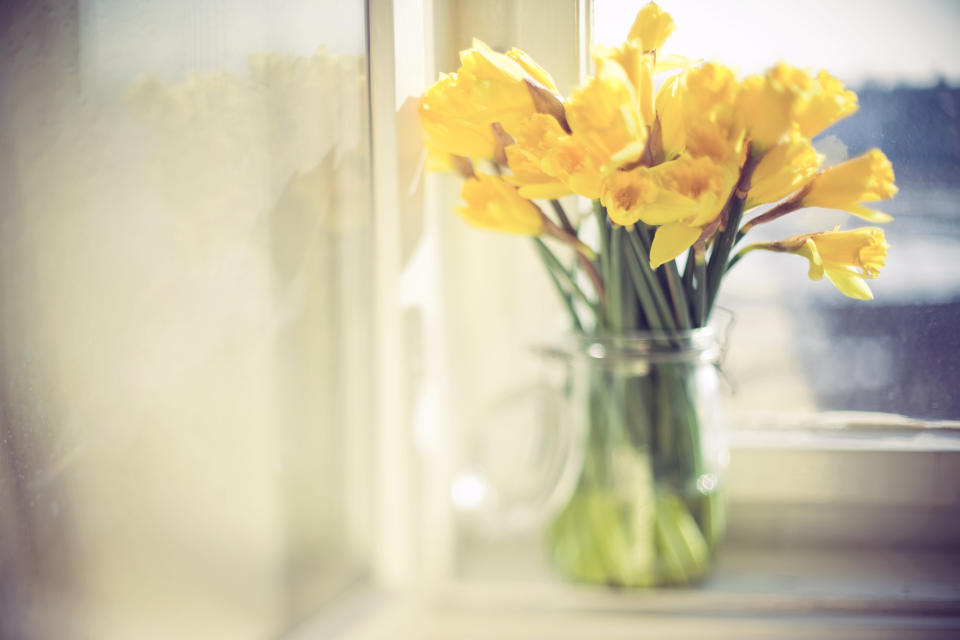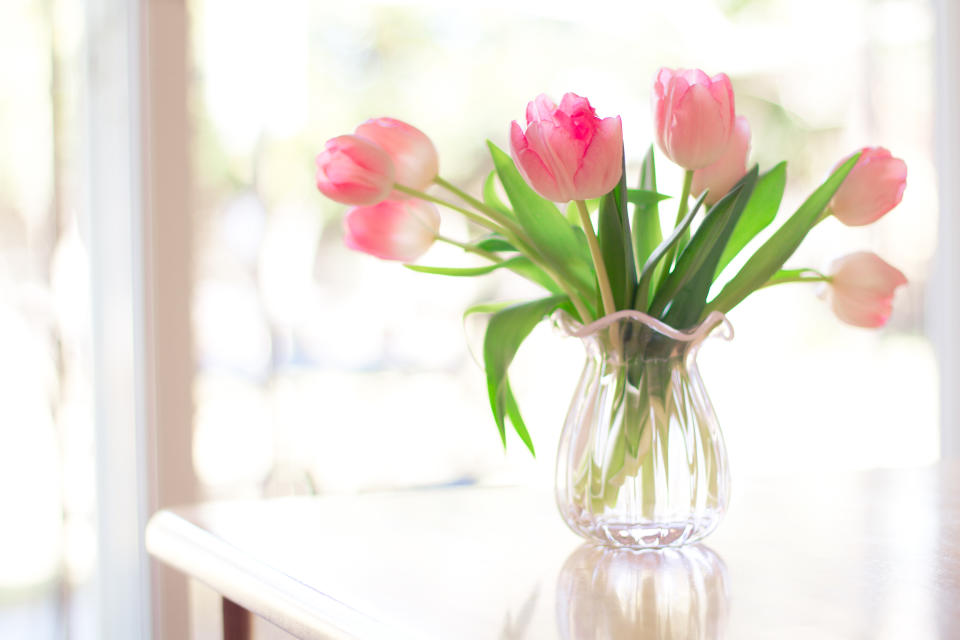The 'hidden killer' in garden that could be fatal to your dog
Decorating the garden with a rainbow of colourful plants might appeal to the eye, but it could also prove a silent killer for pets if they happen to ingest them.
A huge host of popular common Australian garden plants have proven toxic to the stomach of dogs, with them easily killed if not treated urgently after eating them.
If chewed or swallowed, a common houseplant called the peace lily can cause significant irritation of the mouth leading to drooling, vomiting and difficulty swallowing, according to Mad Paws.

People with a pet and a tulip flower in their garden should rethink their choice, as the entire bulb of the plant is toxic to dogs and can lead to mouth pain and irritation, causing excessive drooling and nausea.
The daffodil flower, while a very popular choice in Australian gardens, is another plant that can cause serious harm including vomiting, diarrhoea, abdominal pain, convulsions and a potentially fatal drop in blood pressure.
Beautiful flowers with a stunning colourful pigments including the cyclamen, oleander, azalea, amaryllis, and autumn crocus also all can have dangerous effects on dogs if eaten.
Dr Simon Ilkin at Kirrawee Vet had treated several animal toxicity cases, perhaps the worst at the hands of the common brunfelsia plant, which is highly popular in Sydney.

“It’s a beautiful purply white flowing plant but all parts of it are toxic and can give dogs seizures. It’s really common in our area,” Dr Ilkin told Yahoo News.
The worst instance he’d seen was a German shepherd which suffered severe seizures, hyper-salivation and frothing at the mouth after consuming brunfelsia, also known as the ‘yesterday, today and tomorrow’ plant.
“His owner had no idea any of this plant was in or around his home, so until I did a rectal exam we weren’t sure what was causing the dog’s seizures,” Dr Ilkin said.
After an examination, he found seeds of the flower and was able to treat his symptoms aggressively by doing an enema, which ended up saving the pooch’s life.
The sago palm, a much larger outdoor tree, can cause vomiting and diarrhoea, bleeding disorders, liver failure and in the worst instance, death.

Seeds and nuts from the tree, which have a red berry appearance, have been known to appeal to dogs and cause serious toxicity – something Sydney vet Dr Andrea Forsyth experienced first hand.
Dr Forsyth recalled one of her patients, a French bulldog, had “gone to town” on fallen seeds from a sago palm and was delivered to her in all sorts of trouble.
Fortunately the animal survived, but Dr Forsyth described its symptoms as the worst case of plant toxicity she had seen.
The vet said she had also treated a dog after its owner had treated its cough with eucalyptus oil, which is also highly toxic when ingested in large amounts.
She said if owners suspected their pet had consumed something toxic, they should get them to the vet immediately and definitely within four hours.
Do you have a story tip? Email: newsroomau@yahoonews.com.
You can also follow us on Facebook, download the Yahoo News app from iTunes or Google Play and stay up to date with the latest news with Yahoo’s daily newsletter. Sign up here.



